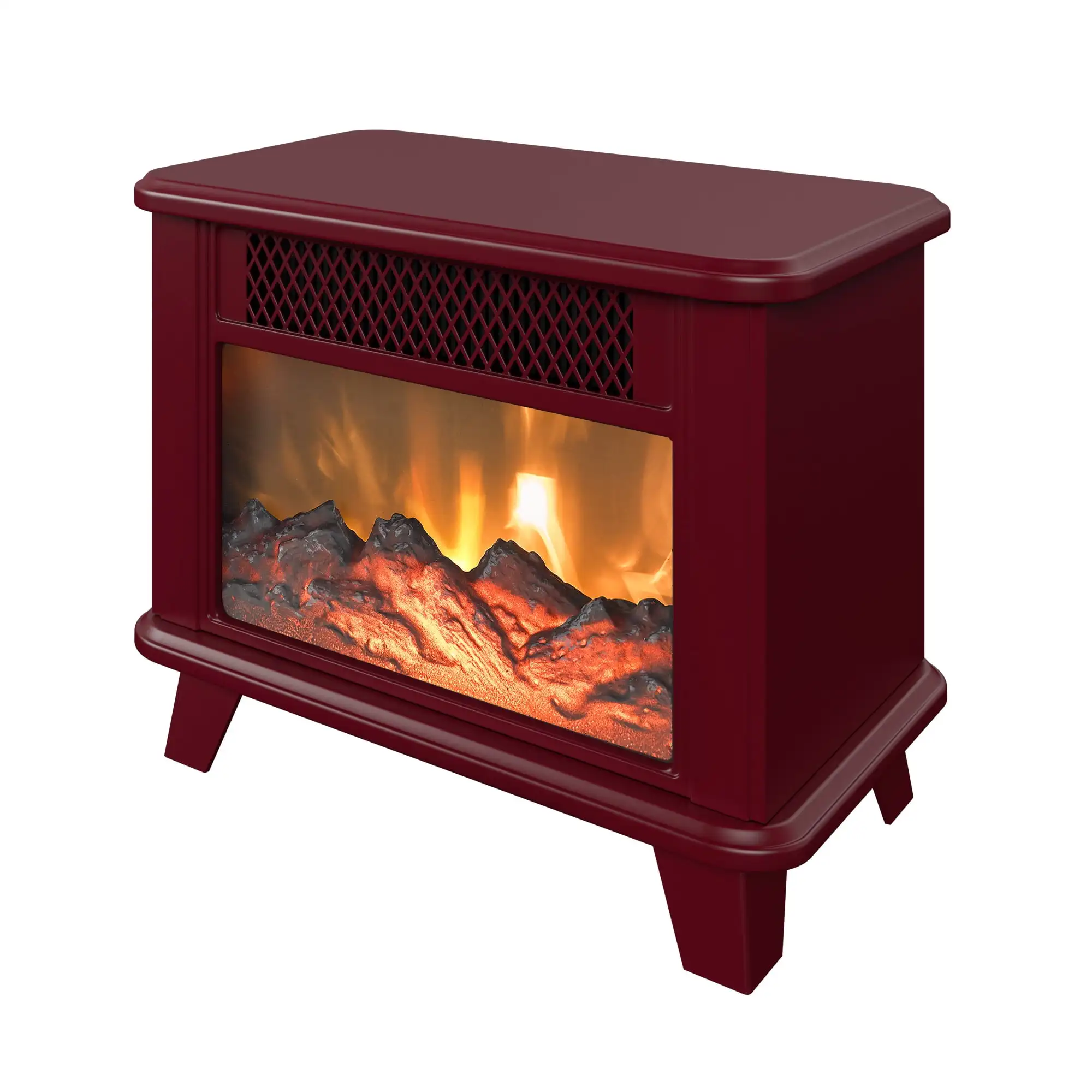Propane Fireplaces – The Pros and Cons
Because of the emergence of propane fireplaces in the market, the wood fireplace industry has been getting bumps. The new heating device owners can testify to the effectiveness of propane. But lots of people remain uncertain on how you can compare fireplaces to the trusted wood fireplace. Uncertain are those fireplace owners, who still believe that classical fireplace environment is the best over the contemporary benefits of propane fireplaces.
If somebody would ask you, “Is this type of fireplace a good substitute for wood burning heating device?” your answer would be either yes or no, depending on which perspective you believe. Propane fireplaces were created to eradicate the difficulty of severe smoke, which is essential in the vintage wood fireplace types. Since propane fireplaces use propane to heat homes, there is no particulate component being scattered into the air.
However, this type of heating equipment releases carbon monoxide in controlled amounts. In this respect, propane fireplaces are on the same level with the wood fireplace, that discharges a controlled maximum of 7.5 grams of particulate matter per hour into the environment.
The pros of using propane fireplaces over wood burning fireplace are the following:
1.There are several models of propane fireplaces that you can choose from: natural vent, vent-free, and direct vent. These models make sure that there is the ideal type for your home, according to space restrictions and budget. Venting is needed on all wood burning fireplace. You also need a flue and a chimney for proper air circulation.
2.The wood burning fireplace requires effort to create a fire: putting up the kindling, setting the logs on fire and regulating the fire. Whereas, propane need only a click of a switch, then turn it off if you don’t need it. Houses are heated fast through convective or radiant schemes. this type of device can also be controlled using the remote for easy control of heat and fire.
3. fireplaces/”>Propane fireplaces are much easier to maintain and clean since there are no log debris and ashes, as compared to wood stoves.
If there is a positive side, there is also the negative side of propane fireplaces which do not stand up to the conventional wood burning fireplace.
1.Propane is sourced from treasured fossil fuels, which are not renewable sources of energy. Since this is not renewable, it is controlled, which causes the price of the fireplace to fluctuate from time to time. Wood burning fireplace uses wood which is relatively renewable and cheap. Wood for heat will always be available as long as chopped trees are being replaced with new ones.
2.To create an aesthetic vibe of a traditional fire, propane fireplaces use artistic brick logs to radiate heat. Unluckily, that does not do the trick for this type. They lack the authenticity of the aromatic smoke and the crackling of the logs. But, the dancing of the flames is just as lovely as that of the wood burning fireplace. With regards to ambience, still nothing compares to the traditional fireplace. The flames created by propane may be as much as eye catching as the flames from the wood burning fireplace, but the vibe is just really not the same. Fire inside the wood burning fireplace elicit an aura of romance, coziness and warmth that modern fireplaces could not provide.
Matched Search: fireplaces
kitchen appliance Ideas
#Propane #fireplaces #Pros #Cons














Leave a Reply
You must be logged in to post a comment.